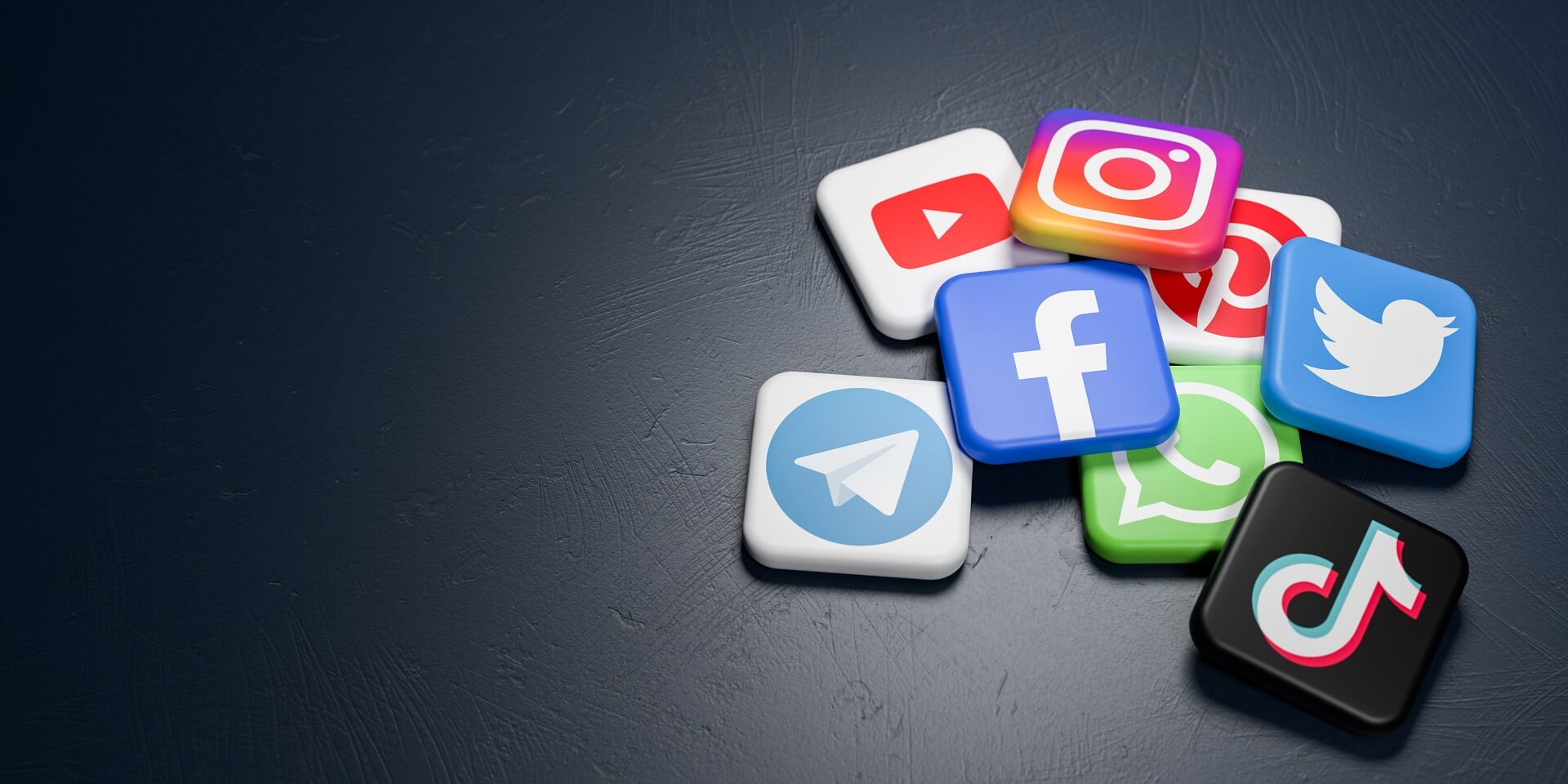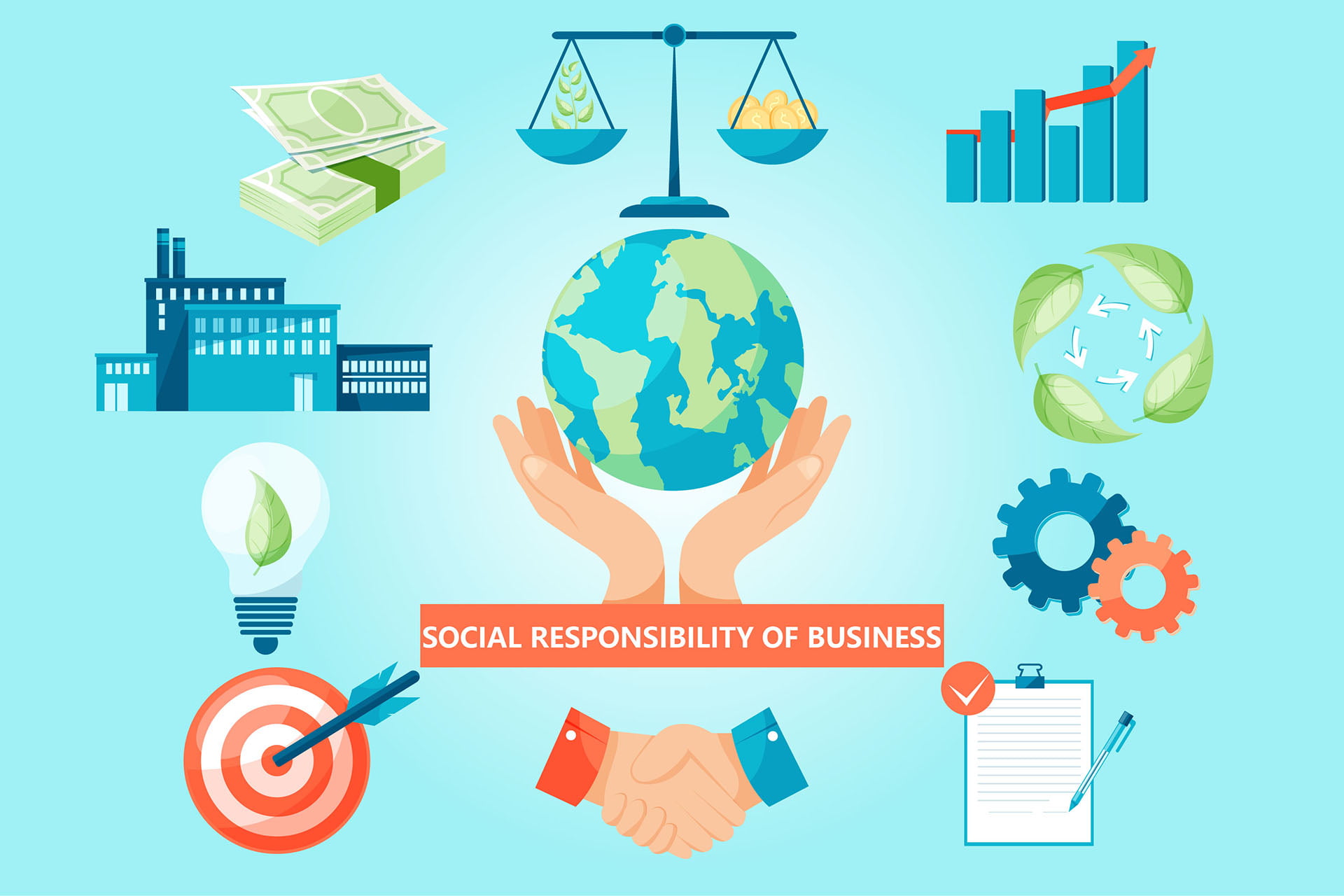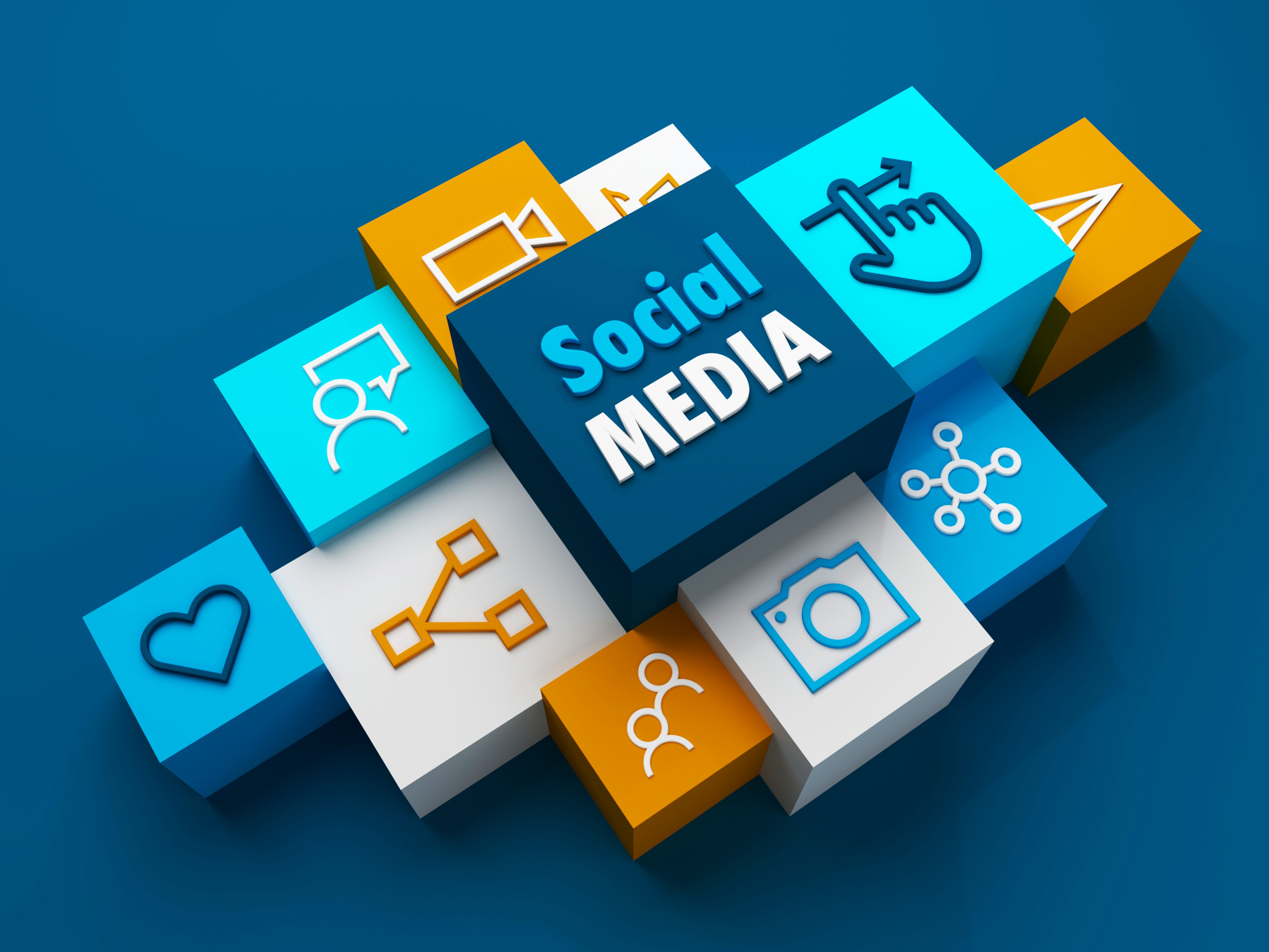Think for a moment about how much of our daily lives involves being connected to others online. We share pictures, catch up with folks we know, and get our news updates. It’s a place where we often feel linked to a larger world, and that feeling of connection, is that, something we’ve all grown used to having right at our fingertips. But what happens when those connections suddenly go quiet? What does it feel like when the places we visit online, where we talk and share, are suddenly not there anymore?
Sometimes, these moments of quiet happen because the big companies that run these online spaces have a hiccup. Other times, people themselves decide to step back, perhaps for a little while, or to make a point about something important. There are, you know, many different reasons why you might hear about a "social media blackout," and each one tells a slightly different story about our connection to the digital world. It’s a pretty interesting thing to think about, actually.
We’ll spend some time looking at what these periods of online silence mean, both for the people who use these services and for the companies that provide them. We'll also talk about the different kinds of "social media blackout" events that pop up, from planned quiet times to unexpected interruptions. It's really about how we use these digital spaces, and what happens when they are, in some respects, not available.
What is a Social Media Blackout?
Why Do Social Media Blackouts Happen?
When Users Step Away - A Social Media Blackout By Choice
What About The Economic Social Media Blackout?
Are All Social Media Blackouts The Same?
What Happens During a Platform Social Media Blackout?
How Do Companies Respond to a Social Media Blackout?
The Larger Picture of a Social Media Blackout
What is a Social Media Blackout?
A "social media blackout" can mean a few different things, and it really depends on the situation. Sometimes, it means a big online service, like a social sharing site or an app for talking to others, simply stops working. Users might try to open it up and find they can't get in, or their feeds just won't update. This kind of event, well, it can happen for a lot of reasons, perhaps some sort of technical issue or a problem with the computers that run the service. It’s pretty much an unplanned pause in service, leaving lots of people without their usual way to connect.
Then there are times when a "social media blackout" is something people choose to do. This could be a group of users deciding to stop using a platform for a set amount of time, maybe to show they are not happy with something the company has done. Or, it could be a campaign where people step away from their screens for a day to focus on other things. These are often planned events, where people make a conscious choice to disconnect, which is, you know, a different kind of quiet.
There are also situations where an organization or a government might impose a kind of "communications blackout," which, while not strictly a social media site going down, means that information stops flowing freely. For instance, there were reports about a communications blackout ordered for health agencies by a past administration, which is a very different sort of silence. It shows that the idea of a "blackout" can stretch to cover many ways information might be kept from public view, or when people are, in a way, told not to speak on certain topics.
And then, unfortunately, there are the very serious and harmful "blackout challenges." These are dangerous activities that spread on social media, where people are encouraged to do things that put their health at risk. For example, the "choking challenge" has been linked to serious harm and even the loss of life, as one mother, Annie McGrath, sadly found out when her teenage son passed away from such a challenge. She even spoke to the shareholders of the parent company of the video sharing site about this. This is, quite literally, a life-threatening kind of "blackout," and it's a very sad thing to think about, actually.
Why Do Social Media Blackouts Happen?
The reasons behind a "social media blackout" are as varied as the events themselves. Sometimes, it's about technical problems. A large platform like Facebook or Instagram might simply go dark because of a system failure, or a computer program not working as it should. This can leave millions of people around the world unable to get onto the services they use every day. It's a bit like a power cut, but for your online world, so it's, you know, a pretty big deal for many people.
Other times, the quiet comes from people making a statement. We've seen, for instance, users on sites like TikTok and Meta platforms talking about stopping their use of these services. This often happens when there are big changes to how a platform works, or when people feel that the company running the platform is not listening to their concerns. NBC News, for example, looked at many posts and comments where people said they would delete their accounts or stop putting up content as a way to show their displeasure. This is, basically, a form of protest, where people use their absence to send a message.
There are also planned times of silence that are tied to larger social movements. The idea of an "economic blackout" on a specific date, like February 28, has gained some attention on social media. This movement, which started as a call for quiet reflection after a significant event, grew into something much bigger. Supporters and people who care deeply about certain causes aim to take a stand against big companies or systems by choosing not to spend money for a full day. This is, you know, a way of using collective silence to make a point about money and fairness, which is a rather powerful idea.
And then there are the moments when a company itself decides to go quiet on its own social media channels. Duolingo, the app that helps people learn languages, went silent on its social media accounts for a period. This kind of planned quiet can be a way for a company to get people talking, or perhaps to build up excitement for something new. It's a bit of a mystery why they do it sometimes, but it definitely gets people wondering what's going on, which is, honestly, a clever move in a way.
When Users Step Away - A Social Media Blackout By Choice
When people choose to step away from their online spaces, it often has a deeper meaning. It's not just about turning off a phone; it's about making a point. For example, some Australian schoolchildren, more than 20,000 of them, decided to give up social media for a full day as part of a country-wide effort. This was, you know, a way for them to think about their relationship with these services and perhaps to show that they can live without them for a bit. It’s a powerful act of personal choice, and it can show how much control people have over their own online habits.
These kinds of chosen "social media blackout" events happen with some regularity. They are, quite often, linked to movements that are about fairness and doing what is right in the world. In past years, people have taken part in these moments of quiet to support causes they believe in. It's a way for many voices to come together, not by speaking louder, but by creating a collective silence that, you know, gets noticed. This can be a very effective way to draw attention to something important, as a matter of fact.
Sometimes, the choice to step away is also about personal well-being. People might feel that spending too much time online is not good for their mind or their feelings. So, they might decide to have their own personal "social media blackout" for a few hours, a day, or even longer. This is, basically, a way of taking a break, of finding some quiet time away from the constant flow of information and updates. It’s a reminder that we can, in fact, control how much we let the digital world into our lives, which is, you know, a pretty freeing thought.
These voluntary pauses can also be a way to rethink how we use these tools. When you step back, even for a little while, you might notice things you didn't before. You might find you have more time for other activities, or that you feel less pressure to keep up with what everyone else is doing. It's a chance to reset, to consider if the way you're using these platforms truly serves you. This kind of "social media blackout" is, therefore, a personal act of reflection, and it can be, arguably, very helpful for many people.
What About The Economic Social Media Blackout?
The idea of an "economic blackout" is a very specific type of "social media blackout" that gained quite a bit of discussion online. This movement, often talked about in group chats and on social media feeds, calls for people to stop spending money for a set period, usually 24 hours. The People's Union USA, for instance, used this term to describe a day of not buying things, which was meant to start at midnight. It’s a way for supporters and people who want to see change to make a point about money and who holds the power in the economy. This is, you know, a very direct action aimed at the financial system.
What started as a proposal for a day of quiet thought after a deeply upsetting event, like the death of George Floyd, changed into something broader. It led to some people feeling that posts about important social justice topics were being overlooked or pushed aside. The "economic blackout" became a symbol for a wider effort to stand up against big businesses and systems that some people feel are unfair. It's a way of using collective financial silence to draw attention to serious issues, and it's, in a way, a very visible form of protest.
The discussions around this kind of "social media blackout" were, you know, pretty lively. People debated whether it was an effective way to make change, or if it would truly have the impact its supporters hoped for. The term itself was shared and talked about a lot across different online spaces. It shows how social media can be a place where big ideas, even those about money and society, can take root and spread, even if the outcome is, perhaps, not always clear. It’s a fascinating example of how online talk can lead to real-world actions, or at least attempts at them.
The goal behind these moments of spending abstinence is to show the strength of collective action. If enough people stop spending, even for a short time, it can send a message to businesses and leaders about the concerns of the public. It's a way of saying, "We have power in our choices, and we will use that power to make our voices heard." This kind of "social media blackout" is, therefore, a tool for social and economic expression, and it can be, arguably, quite impactful when many people participate.
Are All Social Media Blackouts The Same?
No, not all "social media blackout" events are the same, not at all. We've talked about a few different kinds, and each one has its own reasons for happening and its own set of effects. There's the unexpected quiet when a platform stops working, which is a technical issue. Then there's the planned quiet when people choose to step away, either for personal reasons or as part of a larger movement. And, very sadly, there are the dangerous challenges that lead to harm. These are, you know, very different situations, even if they share the word "blackout."
Think about the difference between Facebook and Instagram going dark because of a system problem versus a group of users saying they will stop using Meta's services to protest changes. One is an accident, a technical hiccup that leaves millions unable to connect. The other is a deliberate act of people choosing to disconnect, trying to put pressure on a company. The impact on the individual user might feel similar – they can't access their feed – but the cause and the message behind it are completely different. It's like the difference between a light going out because of a broken wire and someone choosing to turn off the light switch, if that makes sense.
Then there's the truly awful "blackout challenge," which is a harmful trend. This is not about a platform stopping service or people protesting. It's about a dangerous activity that spreads through online spaces, often among young people, with terrible consequences. The focus here is on safety and awareness, and the need to protect those who might be influenced by such things. This is, honestly, a very serious matter, and it's important to be clear that this kind of "blackout" is not like the others at all.
Even within the category of planned "social media blackout" events, there are differences. An "economic blackout" has a specific goal related to spending and business, while a general user boycott might be about platform changes or company policies. A group of schoolchildren giving up social media for a day is about personal reflection and awareness. So, while they all involve some form of "going quiet" on social media, the reasons, the aims, and the overall feel of each event are, you know, quite distinct. It shows how flexible the idea of a "blackout" can be, in a way.
What Happens During a Platform Social Media Blackout?
When a major social media platform experiences an unplanned "social media blackout," things can get a bit chaotic for users. People might first think their internet is not working, or that their device has a problem. They might try to refresh their feeds over and over, or restart their apps. When they realize it's a wider issue, a sense of frustration can set in, especially for those who rely on these services for their work or to stay in touch with friends and family. It's, you know, a sudden loss of a tool many people use constantly.
During these times, many people will flock to other online places that are still working, like Twitter or news websites, to find out what's going on. They want to know if others are having the same problem, and when things might go back to normal. This often leads to a surge of activity on the remaining platforms, as people share their experiences and look for updates. It's a bit like when one road closes, and all the cars try to use the other roads, so it can get, you know, quite busy elsewhere.
For businesses and content creators who use these platforms to reach their audience, a "social media blackout" can mean a sudden stop to their work. They might lose out on sales, or miss opportunities to connect with their customers. It can be a real headache for them, as they often don't have a backup plan for when their main way of talking to people is suddenly unavailable. This is, basically, a reminder of how much many businesses depend on these online services, which is, honestly, a lot.
And for regular people, it can be a strange feeling of disconnection. We're so used to having instant access to so much information and so many people. When that's taken away, even for a short time, it can make us realize how much we lean on these services. Some people might find themselves with extra time on their hands, while others might feel a bit lost without their usual online routines. It’s a moment that makes us, in some respects, think about our digital habits, and that's, you know, something worth considering.
How Do Companies Respond to a Social Media Blackout?
When a company's platform goes dark in a "social media blackout," their response is usually pretty quick. They will often use other channels, like their official Twitter account or a press release, to let people know what's happening. They'll usually say they are working to fix the problem and apologize for the trouble. It's a way to keep users informed and to manage the public's feelings during a frustrating time



